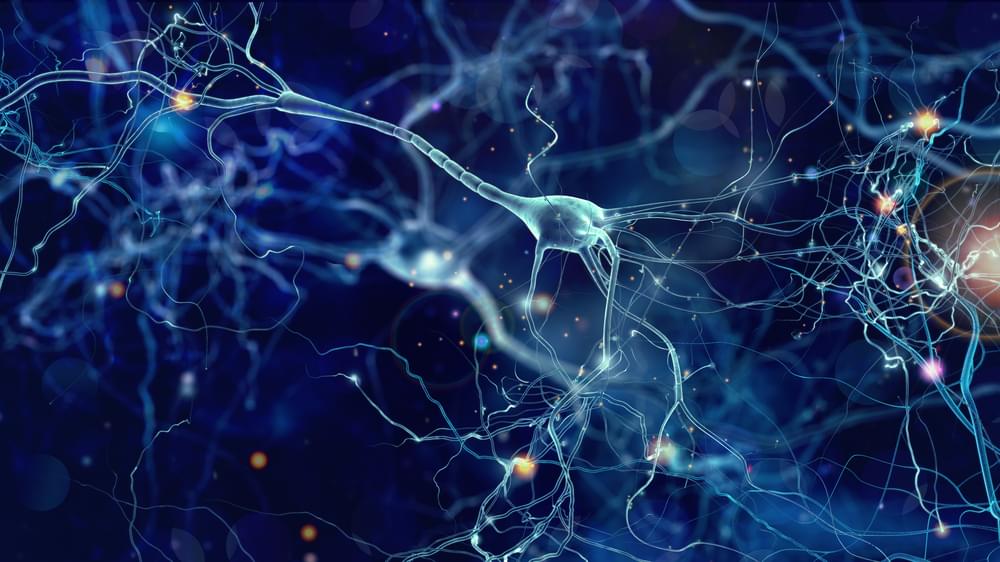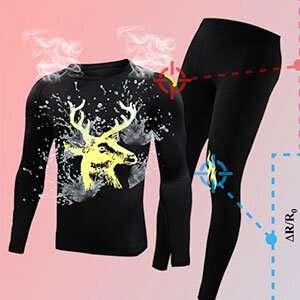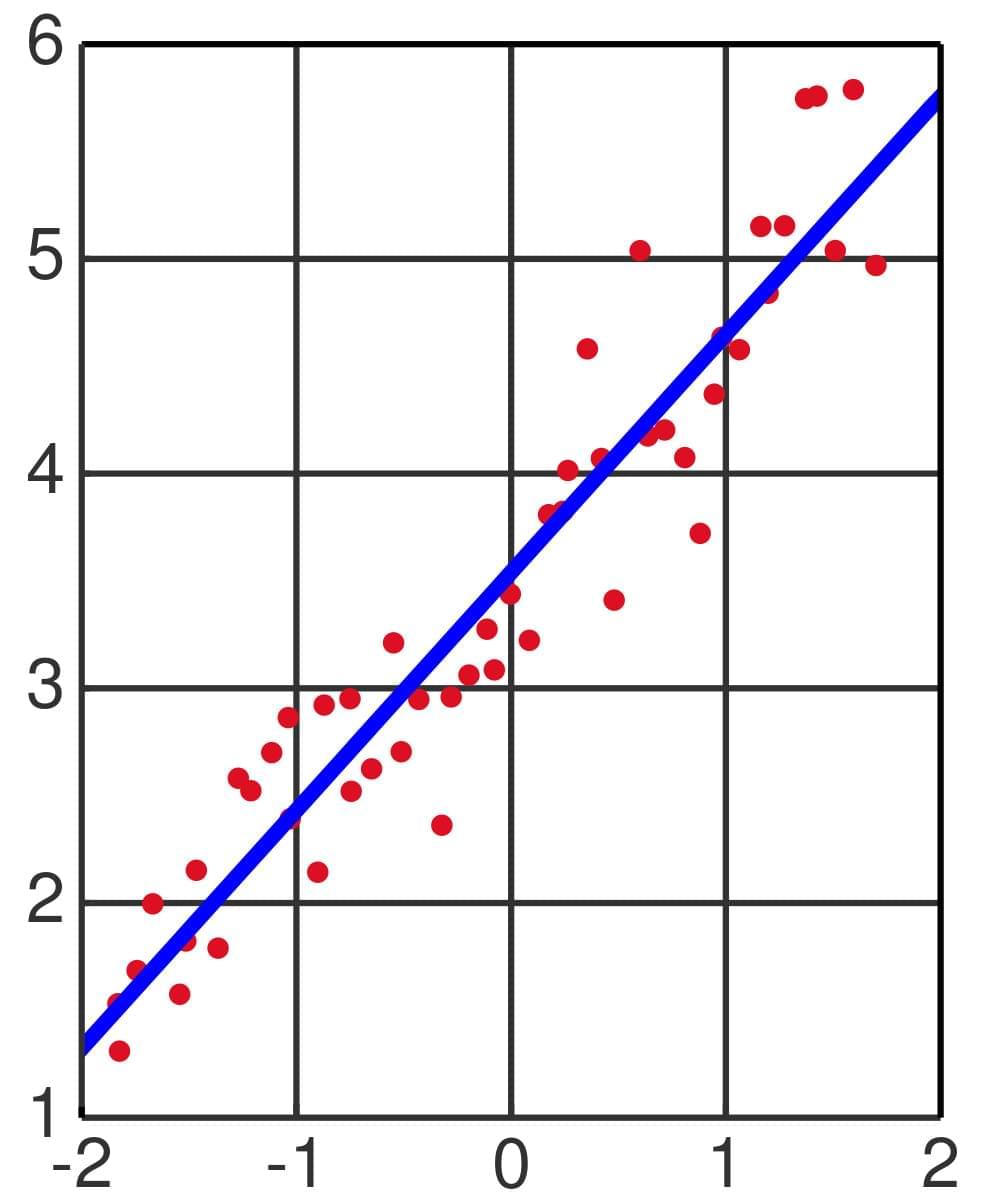Computational performance has followed Moore’s Law since the dawn of the computer age. Not any more.




Scientists at Case Western Reserve University have developed an inexpensive way to transform an ordinary shirt into an electronic smart shirt—one able to monitor and adjust body temperature or even allow the wearer to apply heat to a sore shoulder or back.
All from a design printed on the fabric of the shirt or any other piece of clothing.
The key to their innovation: A highly conductive ink and simple screen-printing process. The new method results in a waterproof, breathable and highly flexible design that can function as a heating element when powered by a coin-sized battery.

This group appears to be doing its ‘bit’ for NEO identification and is always open to new members, check it out?
IAWN was established (2013) as a result of the UN-endorsed recommendations for an international response to a potential NEO impact threat, to create an international group of organizations involved in detecting, tracking, and characterizing NEOs. The IAWN is tasked with developing a strategy using well-defined communication plans and protocols to assist Governments in the analysis of asteroid impact consequences and in the planning of mitigation responses.


Space colonization requires us to better understand how Earth sustains us.
In the coming decades, space agencies from around the world will be venturing farther out into space than ever before. This includes returning to the Moon (perhaps to stay this time), exploring Mars, and maybe even establishing human settlements on both. Beyond that, there are even proposals for establishing habitats in space that could accommodate millions. These plans build on decades of planning that go back to the dawn of the Space Age. In some cases, the plans are inspired by proposals made over half a century prior to that. While these grand visions for space exploration and colonization present many challenges, they also inspire innovative solutions. In particular, missions to deep-space require fresh thinking about environmental control and life-support systems (ECLSS) that can provide self-sufficiency in terms of air, water, food, and protection from radiation and the dangers of space. These are essential since missions that take astronauts far from Earth cannot depend upon resupply missions from the surface to Low Earth Orbit (LEO).
Full Story:
Creating sustainability in space means we need a better understanding of how Earth sustains us.
To show how bad the chip shortage is, Nvidia just spent about $10 billion in bribes (prepayments) to get TSMC to build some chips for it!
Why it matters: Securing enough manufacturing capacity is going to be critical to the success of Nvidia’s RTX 4,000 GPUs, which are expected to land as soon as this summer. The RTX 3,000 series were regarded by gamers as paper launches, but the company is said to have paid through the nose so that wouldn’t be the case for its upcoming GPUs.
Back in November 2021, the rumor mill was abuzz with hints that Nvidia was planning to use TSMC’s 5nm process node for its upcoming GeForce RTX 4,000 series (Ada Lovelace) GPUs. These are widely expected to be significantly faster and more power-hungry when compared to the current Ampere lineup, but a much bigger issue for the Jensen Huang-powered company is securing enough manufacturing capacity.
According to a report from Hardware Times, Nvidia is prepared to pay dearly for the ability to meet growing demand for increasingly powerful graphics cards. Specifically, it may be offering up to $10 billion to TSMC for a significant chunk of its 5nm manufacturing capacity. Other companies tapping TSMC’s N5 process node are Bitmain, AMD, and Apple.

The heat from Starlink’s receiver dishes is helping felines and other small animals stay warm through the cold winters.
Starlink is an important project of SpaceX and Elon Musk to provide high-speed satellite Internet to mankind. Although it is not yet clear how we humans will benefit, this project is definitely being extremely popular with cats, at least for the time being. The reason is because Starlink’s receiver dishes are becoming the ideal place for cats to rest and warm up in the cold winter.
Specifically, on a Twitter post on New Year’s Eve, one user named Aaron Taylor captured an image of 5 cats cuddled up on one of Starlink satellite dishes. Meanwhile, though the outdoor temperature seemed quite low and the ground was still covered with snow, the heat emitted from the receiver dishes appeared to be enough to warm the kittens, making them continue to lie there.

Decades of research has shown that limits on calorie intake by flies, worms, and mice can enhance life span in laboratory conditions. But whether such calorie restriction can do the same for humans remains unclear. Now a new study led by Yale researchers confirms the health benefits of moderate calorie restrictions in humans — and identifies a key protein that could be harnessed to extend health in humans.
The findings were published on February 10, 2022, in Science.
The research was based on results from the Comprehensive Assessment of Long-term Effects of Reducing Intake of Energy (CALERIE) clinical trial, the first controlled study of calorie restriction in healthy humans. For the trial, researchers first established baseline calorie intake among more than 200 study participants. The researchers then asked a share of those participants to reduce their calorie intake by 14% while the rest continued to eat as usual, and analyzed the long-term health effects of calorie restriction over the next two years.